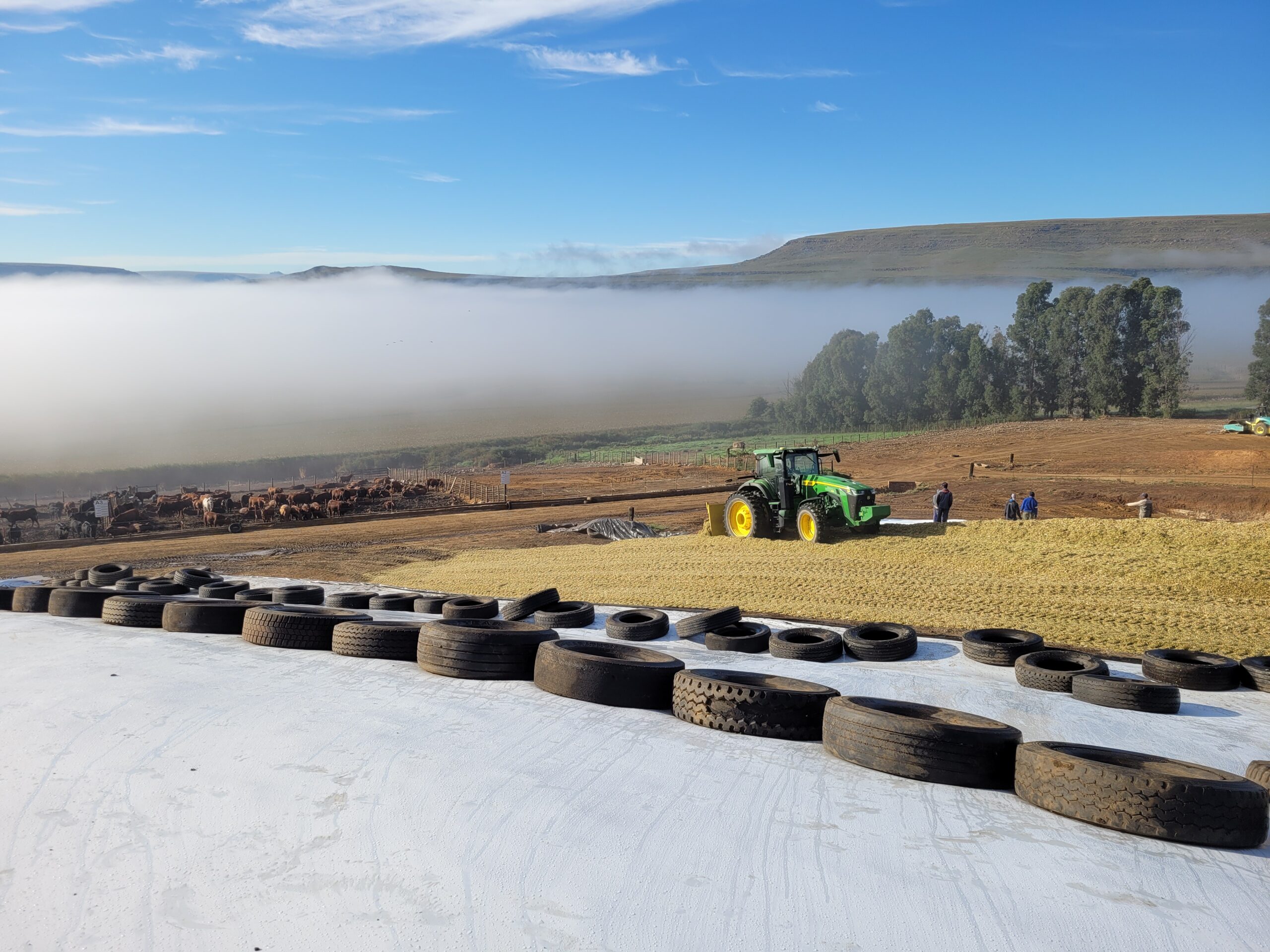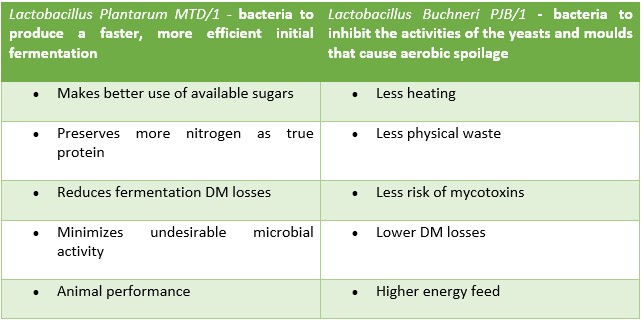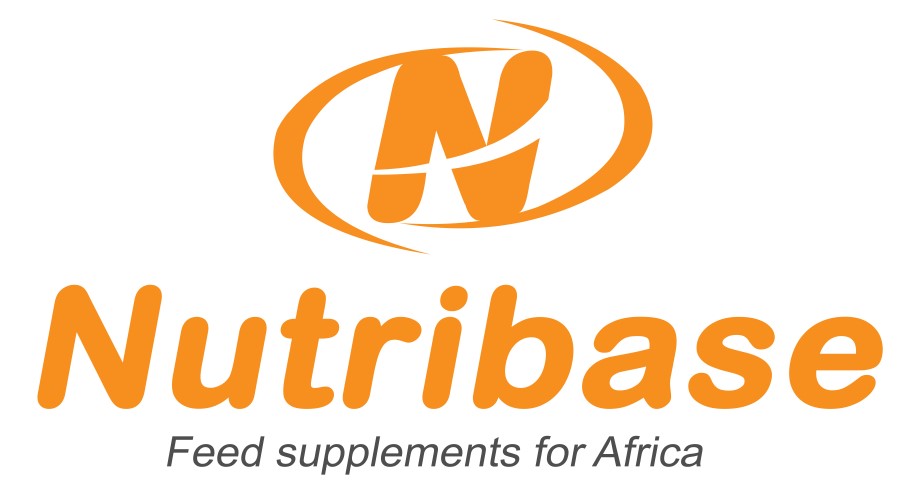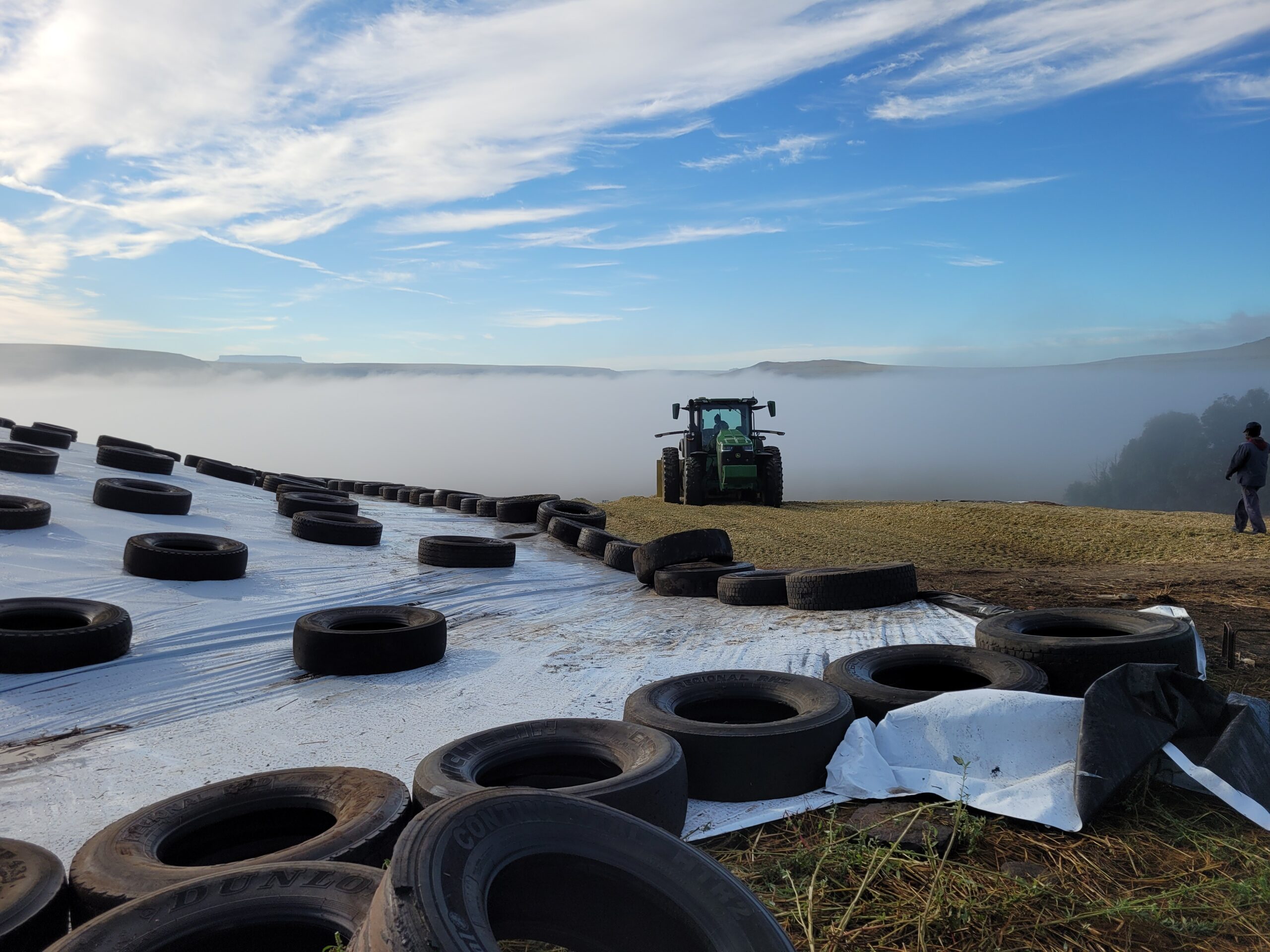Step 1: Planning
It is never too early to plan your silage-making process. Early and proper planning will not only help you to avoid certain potential challenges, but will also provide the best opportunity to make good quality maize silage.
Step 2: Harvesting
It is important to realize that when maize is harvested at the wrong dry matter percentage (DM %), it may result in reduced silage quality. Research has shown us that the ideal cutting stage for maize silage is at 35% DM.
A common method to determine cuttings stage is to look at the milk line of the kernels and although this could be an effective way to determine the moisture content, the only way to really be sure is to measure the actual DM %. An easy and accurate on-farm method to measure the DM % of the maize, is by using an Air Fryer or Microwave to dry out the silage to remove the moisture part (please contact me for more information on how to use these methods accurately).
Another important factor to look at when harvesting the plant is the optimum cutting length. It is advisable to set cutting length not lower than 15cm in order to avoid soil contamination. The stem below this height is also likely to contain high levels of Fusarium – carrying the risk of mycotoxins.
Step 3: Treating
When it comes to selecting a silage additive, there are two areas to be addressed; Fermentation and Aerobic spoilage (heating).

Treating silage to improve the fermentation can certainly pay dividends, as the more efficient bacteria in ECOSYL (Lactobacillus plantarum MTD/1) will help to overcome the high levels of poor bacteria that can be present. Improving the fermentation has also been shown to improve animal performance and should be the basis of any treatment.
If heating is considered a risk, then using a combination product like ECOCOOL (Lactobacillus Plantarum MTD/1 & Lactobacillus Buchneri PJB/1) is necessary to provide the aerobic stability that is needed to avoid further losses by silage that heats up when bunker has been opened.
The table below indicate some main benefits of the bacteria that is found in Ecosyl and Ecocool:

Step 4: Bunker Management
Bunker management usually refers to the ‘feed-out’ process after the bunker has been opened, however we should look at bunk management as soon as the bunk preparation starts before filling with new maize silage.
So firstly, make sure you clean the bunkers out before you fill the bunkers with new silage. Also, keep the area around the bunkers clean in order to avoid soil contamination brought in by machinery.
Secondly, it is absolute critical to get compaction right as this will eliminate oxygen. Filling the clamp evenly in thin layers of 15 cm will help with consolidation. Do not compromise on compaction if you make silage in bunkers or heaps as this is the core of making silage – getting air out!

Thirdly, the aim needs to be to close the bunker as soon as possible. Remember that the quicker you finish the process, the quicker your silage will be preserved and less losses are expected.
Last but not the least, it is crucial to make sure you do regular inspections on closed-bunkers to make sure there’s not any damage to the sheets. It is advisable to fence of the silage bunkers or heaps to prevent any potential damage from livestock that may run over the silage heap. Use plenty of mats, gravel bags, tyres, etc. as the more weight on top the less chance of losses in the top of the bunker.
Step 5: Feeding
In order to minimize the period of exposure to air, feed-out at a minimum of a meter per week in cooler seasons, and more in the summer. To aid rapid progression across the face, use narrow clamps wherever possible.
To prevent mould, never leave the sheet hanging over the face, since this creates a microclimate that encourages mould growth. Cut or roll the sheet back as you progress through the clamp, keeping weights on the front edge. Silage that falls off the face should also be cleaned up, since mouldy spores can blow up and contaminate the bunker.

For any information on this article and more question about silage inoculants, please contact; Jaco Faasen from Nutribase – Cell: 0826076601 or email jaco@nutribase.co.za









